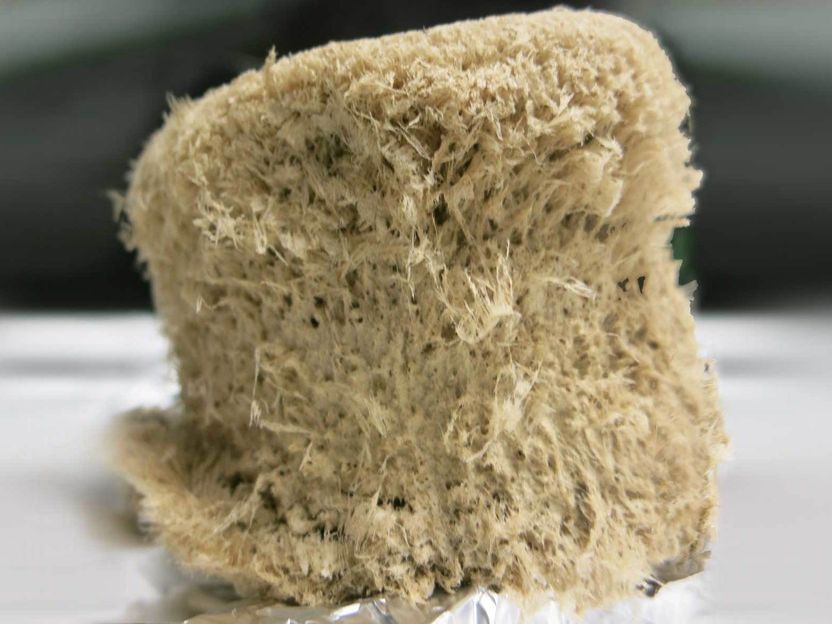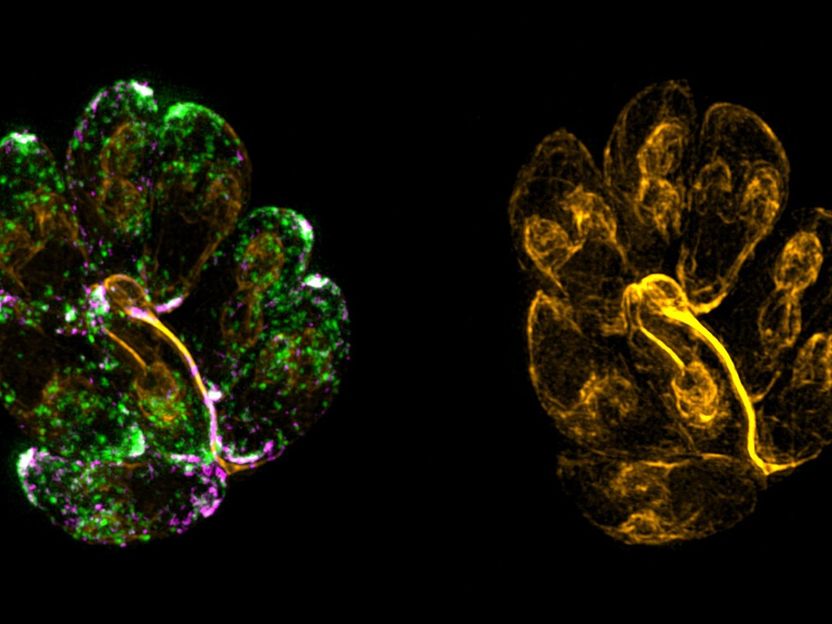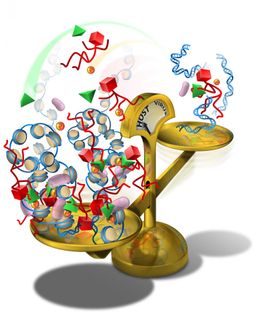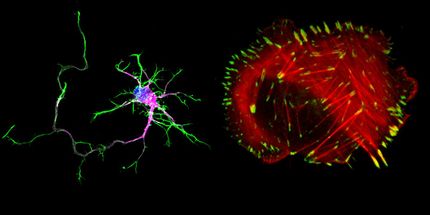Major 'third-hand smoke' compound causes DNA damage
Leftover cigarette smoke that clings to walls and furniture is a smelly nuisance, but now research suggests that it could pose a far more serious threat, especially to young children who put toys and other smoke-affected items into their mouths. Scientists reported that one compound from this "third-hand smoke," which forms when second-hand smoke reacts with indoor air, damages DNA and sticks to it in a way that could potentially cause cancer.
Bo Hang, Ph.D., who presented the research, said that although the idea of third-hand smoke made its debut in research circles just a few years ago in 2009, evidence already strongly suggests it could threaten human health.
"The best argument for instituting a ban on smoking indoors is actually third-hand smoke," said Hang, a scientist at Lawrence Berkeley National Laboratory (LBNL).
Researchers have found that many of the more than 4,000 compounds in second-hand smoke, which wafts through the air as a cigarette is smoked, can linger indoors long after a cigarette is stubbed out. Based on studies led by Hugo Destaillats, Ph.D., also at LBNL, these substances can go on to react with indoor pollutants such as ozone and nitrous acid, creating brand-new compounds, some of which may be carcinogenic.
One of those compounds goes by the acronym NNA. Hang's research has shown that NNA, a tobacco-specific nitrosamine, locks onto DNA to form a bulky adduct (a piece of DNA bound to a cancer-causing chemical), as well as other adducts, in lab test tubes. Other large compounds that attach to DNA tend to cause genetic mutations. NNA also breaks the DNA about as often as a related compound called NNK, which is a well-studied byproduct of nicotine and a known potent carcinogen. This kind of DNA damage can lead to uncontrolled cell growth and the formation of cancerous tumors.
Just as it took years to establish the cancer-causing effects of first-hand smoke that is inhaled as a person breathes in directly from the cigarette, making the connection between third-hand smoke or NNA and cancer could take a long time, Hang said. But early research into its nature, exposure and health effects is compelling enough that a research consortium dedicated to investigating third-hand smoke was formed in California in 2010. That consortium helped fund Hang's work on NNA-induced DNA damage, which he said could eventually be used as biomarkers to identify people who have been exposed to third-hand smoke.
The biggest potential health risk is for babies and toddlers, he noted. As they crawl and put their hands or toys in their mouths, they could touch, swallow or inhale compounds from third-hand smoke. Their small size and early developmental stage make them more vulnerable than adults to the effects of environmental hazards.
Although many public places prohibit smoking, Hang noted that people can still smoke in most rental apartments and private residences — and smoking remains a huge public health issue. In 2011, nearly 44 million American adults reported smoking cigarettes, which ranks as the leading cause of preventable death in this country. And 34 million people smoke every day, according to data from the Centers for Disease Control & Prevention.
So far, the best way to get rid of third-hand smoke is by removing affected items, such as sofas and carpeting, as well as sealing and repainting walls, and sometimes even replacing contaminated wallboard, he explained. Replacing furniture can be pricey, but Hang said vacuuming and washing clothes, curtains and bedding can also help.
Other news from the department science

Get the life science industry in your inbox
By submitting this form you agree that LUMITOS AG will send you the newsletter(s) selected above by email. Your data will not be passed on to third parties. Your data will be stored and processed in accordance with our data protection regulations. LUMITOS may contact you by email for the purpose of advertising or market and opinion surveys. You can revoke your consent at any time without giving reasons to LUMITOS AG, Ernst-Augustin-Str. 2, 12489 Berlin, Germany or by e-mail at revoke@lumitos.com with effect for the future. In addition, each email contains a link to unsubscribe from the corresponding newsletter.
More news from our other portals
Last viewed contents
Use it or lose it - Research illuminates a molecular mechanism for why a stimulating environment may protect against Alzheimer's Disease
IDT is awarded further funding for gene silencing research - Unique U1 adapters silence RNAi refractory genes
Sanofi-aventis to acquire TargeGen Inc. - Development of oral potent oncology medicines for the treatment of hematological malignancies
Eurofins acquires biopharmaceutical company Alphora Research, Inc.

Materials Research Says Yes to Wood - Green alternatives to fossil raw materials: Bio-based materials are expected to reduce pollution and drive the shift to a more sustainable economy

Parasitology: Mother cells as organelle donors
Genzyme and Cystic Fibrosis Foundation Therapeutics Announce Collaboration to Discover New CF Drugs - New effort will search for potential therapies targeting the most common mutation of cystic fibrosis
Global Pharmaceutical companies expect hard price competition in the rising Biosimilars segment - Bi-annual survey among more than 80 executives from globally active pharmaceutical companies based in 16 countries and spread over four continents























































